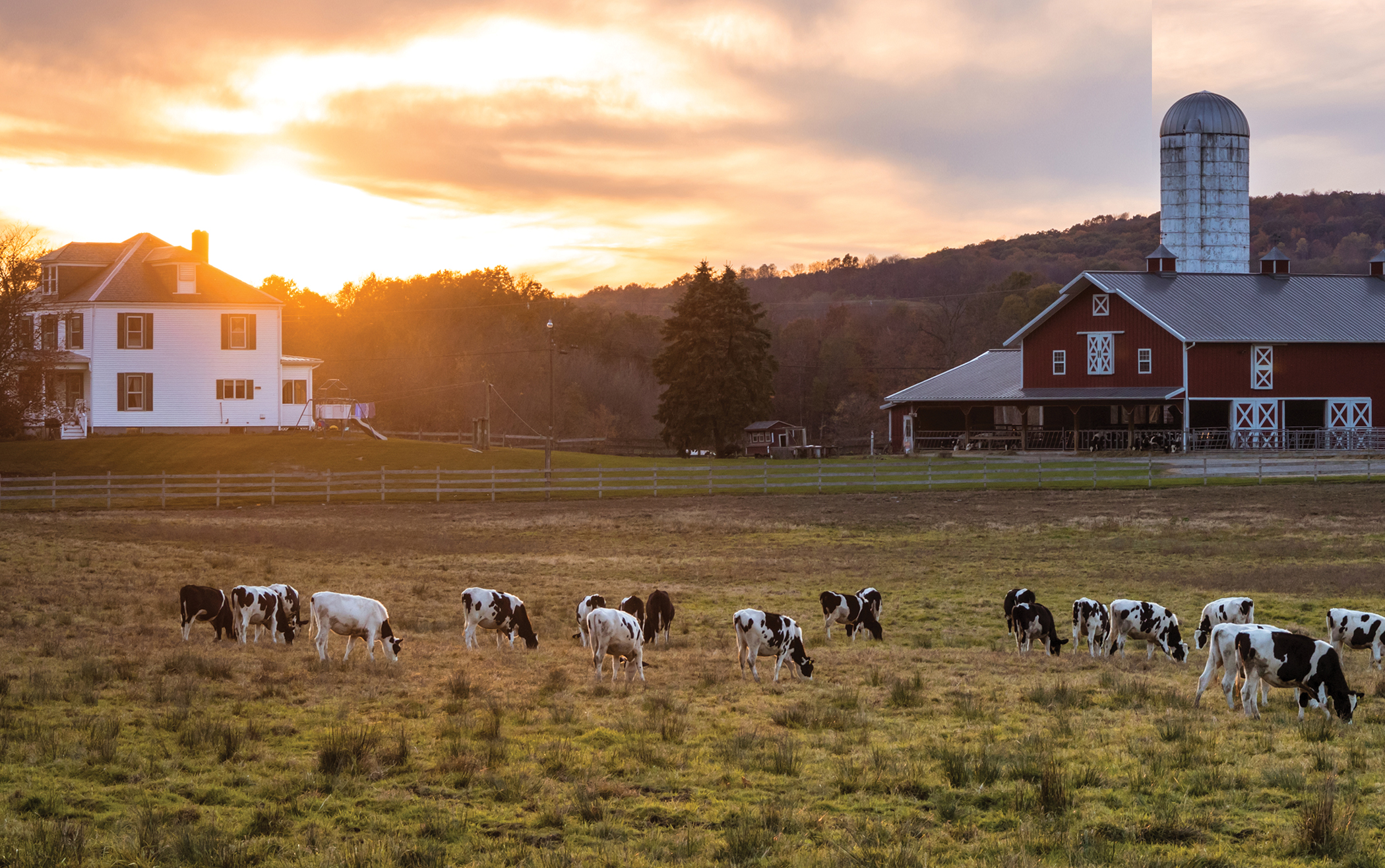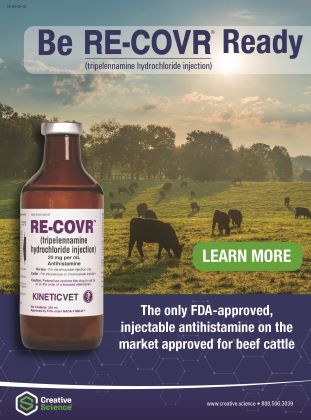Avoid Overgrazing and Remember to Rest Your Pastures

Avoid Overgrazing and Remember to Rest Your Pastures
By Jaclyn Krymowski
While the industry has changed in many ways, there is no shortage of dairies both organic and conventional who rely on old fashioned pasture in one capacity or another. As feed is one of the most expensive parts of the operation pasture and rangeland plays an important role to relieve that financial strain.
When it’s good, it’s great. And when it’s not…your bottom line and herd health can feel it. Like any other resource, pasture needs to be cared for and maintained – especially if you are in any part of the country facing drought or other challenging weather conditions.
Well-managed pastures can significantly boost production per acre and improve overall efficiency. And likewise avoiding overstocking helps maintain the pasture’s longevity and productivity, ensuring healthy forage for future use. Additionally, reducing competition among cattle allows them to thrive more effectively.
The Dangers of Overstocking
The level of grazing pressure and overall stocking density have a large impact on pasture health.
“Under grazing will result in maximum animal gains but will underutilize pasture forage. Overgrazing pasture decreases animal and per acre gain,” writes ruminant nutritionist Dennis Lunn in the bulletin on pasture management by Shur-Grain. “Proper stocking rates will maximize both animal and per acre gains.”
There are multiple ways to utilize a pasture-grazing system and there are advantages and disadvantages to each of them. The major components Lunn recommends considering include: pasture production, land base, and labor requirements.
Finding the grazing management system that works for your land and your animals is how you will best be able to utilize and benefit from a grazing system.
Taking time to consider the options and how it would function or serve your operation will ultimately affect your productivity. It’s also good to consider this with both a short term and a long term vision.
The Time for Rest
Recovery of leaf tissue without harm to the root base is the result of providing pasture rest. Overgrazing can cause issues and the animals will continue to graze down the most palatable plants. It also reduces yields, impacts root reserves and plants are more susceptible to drought, says University of Illinois extension educator Travis Meeter in his bulletin Pasture Management.
By allowing plants to rest, the leaf tissue and roots can better sustain the photosynthesis processes resulting in positive growth.
“Stands of forage that are less stressed will have more leaf to stem ratio and will maintain a vegetative state longer in the grazing season,” writes Meteer.
Part of a successful grazing system is maintaining good pasture conditions. Pasture quality may vary greatly from throughout the pasture, but should trend over time to show which direction the condition is moving, according to University of Minnesota extension educators Joe Armstrong and Brad Heins in their bulletin Grazing and pasture management for cattle.
The goal is for the pasture to maintain if not have better conditioning to continue to provide optimal productivity.
“You should draw a map or use mapping software to show the boundaries of the land that is available for grazing,” they write. “Having a map of your system makes it easier to get started on a plan and makes the plan easier to adjust for different conditions from year to year.”
Maximizing the potential of plants and enhancing the nutritional value they provide to cattle requires allowing adequate time for growth and nutrient restoration. Rest periods between grazing will vary depending on the pasture setup and available space, but it is crucial to find a program that best suits both the land and the herd.
Time to Reseed
Reseeding a pasture to fit the environment and soil with plants that are durable and still provide the cattle with what they need is a bit of a balancing act. Even with a good seed mix in place, you should always follow up with your crop and ensure new forage is well established and prepared to handle hoof traffic, grazing and environmental conditions before you turn your animals out.
If you are in an area experiencing drought, it may take longer for your seedlings to become established. Likewise, if your soil is depleted or you haven’t mowed to remove excessive, older forages your new seed might not take. Likewise, have a plan where you will have your animals when certain pastures are being reseeded. Some operations who also do crops might be able to utilize stover during the regrowth months. More organic dairies are also opting to supplement with fodder from sprouted grains which provides fresh, nutritious forages year round. Consider these details before investing the time and money to reseeed.
The forages you select can benefit your pasture beyond nutrition. Certain species, as noted by Armstorong and Heins, can help break up compaction from hoof traffic, enhance soil composition and serve as a barrier against runoff. Planting a pasture mix that fit both the land and the cows will hopefully provide a long lasting pasture.
Effective pasture and herd management are intricately linked. By thoroughly evaluating the land, including soil type and nutrient levels, and selecting the appropriate legumes or grasses, you lay the foundation for a successful operation. Regular reseeding and ongoing assessments of pasture conditions will depend on how well the land is managed and the performance of current plant selections.
As always, do your best to keep detailed records and monitor progress with your pasture management program. Some of your land grant universities and extension services have excellent resources specifically for pasture management. If this is a new endeavor for you, be sure to check there first so that you can make informed decisions and continuously enhance the productivity of both the forage and your cows.




